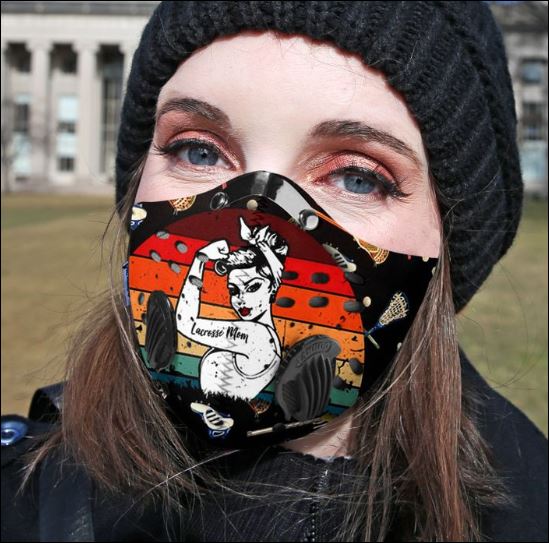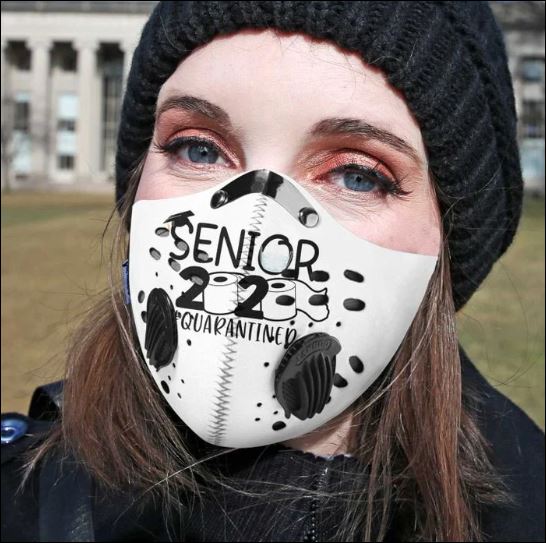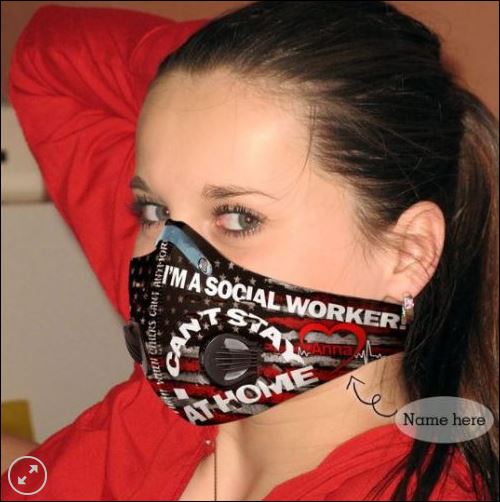However, Wacquant brings the term “inner city” to light, breaking down its meaning: “black and poor.” Living in Chicago gives one an exemplary example of the term “inner city” meaning “poor, black ghettos.” The references to “inner city” schools being synonymous with “poor quality” and “mostly African American” are damaging to urban terminology and creating a predetermined perspective of those who call the “inner city” home. The “hypersegregation” of the city of Chicago is a topic within itself, but the institution of segregation is, without question, existent here. In addition, Black cat let me check my giveashitometer “inner city” is becoming a label which implies unavoidable incarceration. “As the walls of the ghetto shook and threatened to crumble, the walls of the prison were correspondingly extended, enlarged and fortified. . .” (Wacquant 2002:52). In his account, Wacquant implies that once ghettos began to disperse, American society required a new place for African Americans to reside: prison. Reading this article, one would never know that African Americans existed outside ghettos and prisons. The concept of African Americans in suburbia or anywhere of decent living standards is ignored completely. There is no dispute over the “racially skewed mass imprisonment” (Wacquant 2002:56) of black men and women, but not only African Americans inhabit ghettos and the “inner city.”
Click to get it on Ethershirt
Black cat let me check my giveashitometer poster
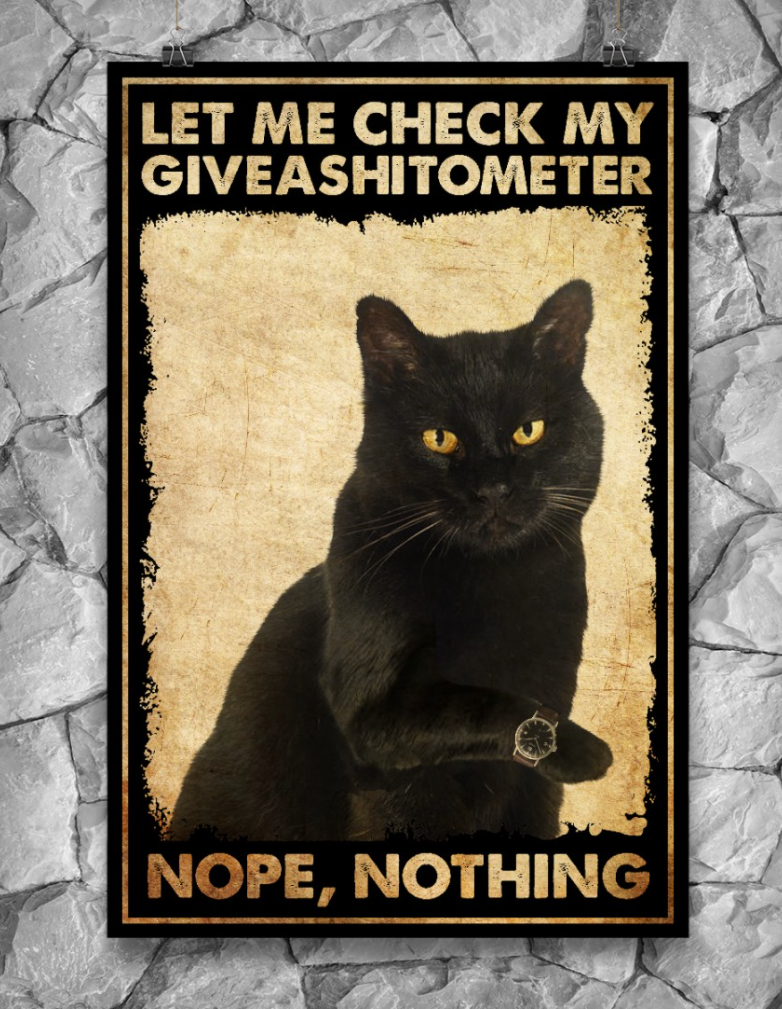
However, the “centuries-old The book “The New Jim Crow: Mass Incarceration in the Age of Colorblindness” (“The New Jim Crow”) hits on many significant points concerning the criminal justice system and the systemically racial elements that have been perpetuated through various laws. As argued in the book, the “War on Drugs” has been used to perpetuate racial discrimination against African Americans since the 1980s and the Reagan Administration. My personal reflection on the book comes from a legal perspective. Black cat let me check my giveashitometer Within the world of legal education little if any discussion is had concerning the impact of the law. There is intense discussion on what the law is and where the law could go but in terms of the impact of certain laws such as that within the “War on Drugs” I… In the discussion of these 4th amendment protections I remember little consideration being given to the context in which consent was given. There was no mention of a racial or socioeconomic element to police searches or stops. Interesting as well was the use of all-white juries in perpetuating the racial element of the “War on Drugs”. A vast majority of the cases involving the use of all-white juries, the line which led to Batson v.
How to get it?
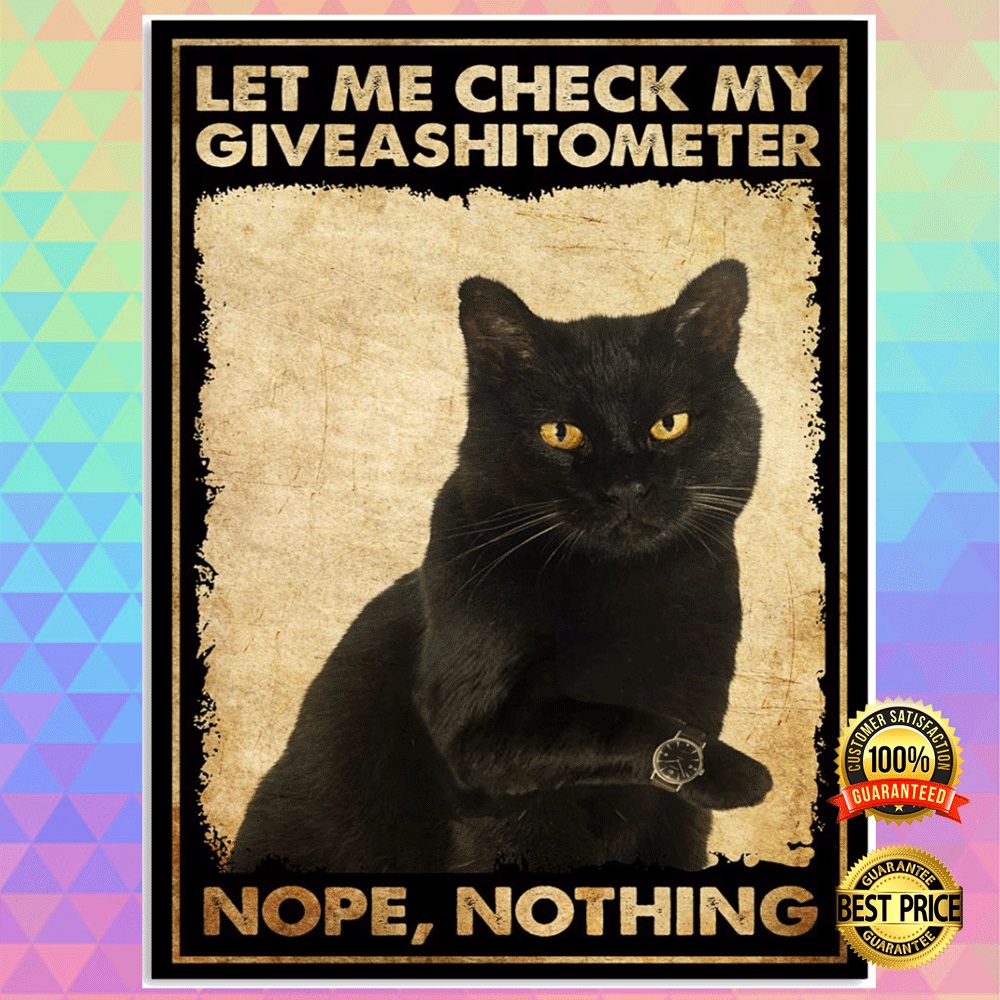
Black cat let me check my giveashitometer poster2 1
Black cat let me check my giveashitometer poster 2 1
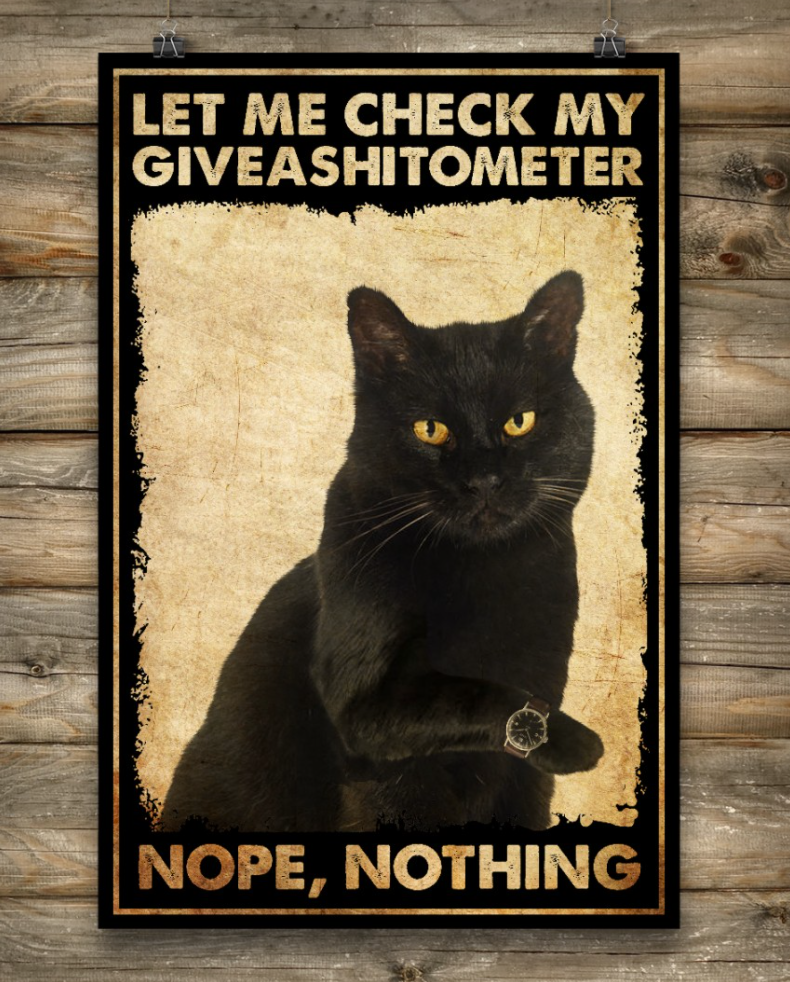
Black cat let me check my giveashitometer poster 3 1
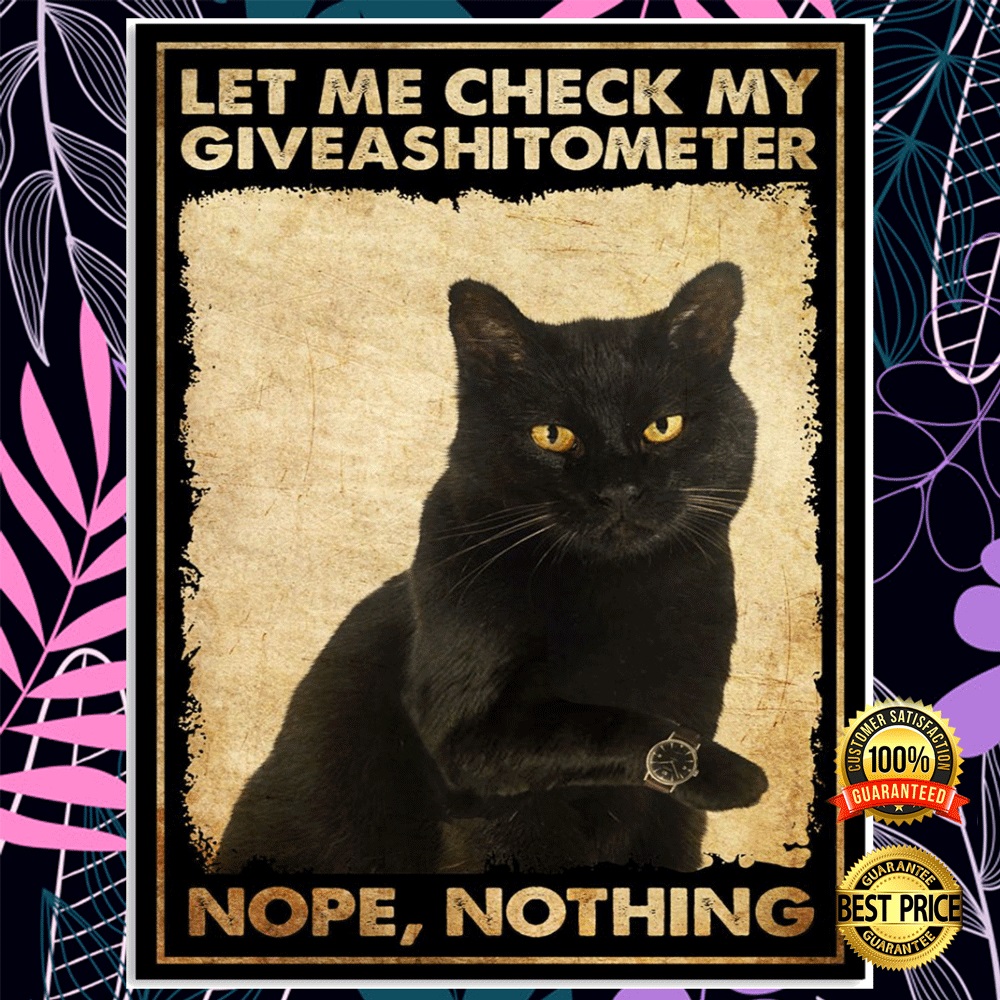
Black cat let me check my giveashitometer poster1 1
Kentucky, started immediately after the first Jim Crow laws were passed. Jim Crow laws were passed in reaction to the newly emancipated slaves and the ending of the institution. Black cat let me check my giveashitometer Mass incarceration started around the time that Batson v. Kentucky was heard and also around the time that the “War on Drugs” started. I thought that Alexander made very interesting connections between slavery, Jim Crow and the new trend of mass incarceration. All three institutions on closer examination appear to be related to race rather explicitly even in the case of mass incarceration. No matter the racially-neutral language of the various statutes involved the fact remains that the majority of those imprisoned are African Americans. Yet persons opposed to mass incarceration of African Americans are in the minority. Part of the reason, as Alexander mentioned, is that the “War on Drugs” is not facially racist but rather facially neutral. Therefore it leaves deniability to the legislative bodies which The history of Jim Crow is a story of white power, but it is also a story of black survival and resilience.
Homepage: Dnstyles



